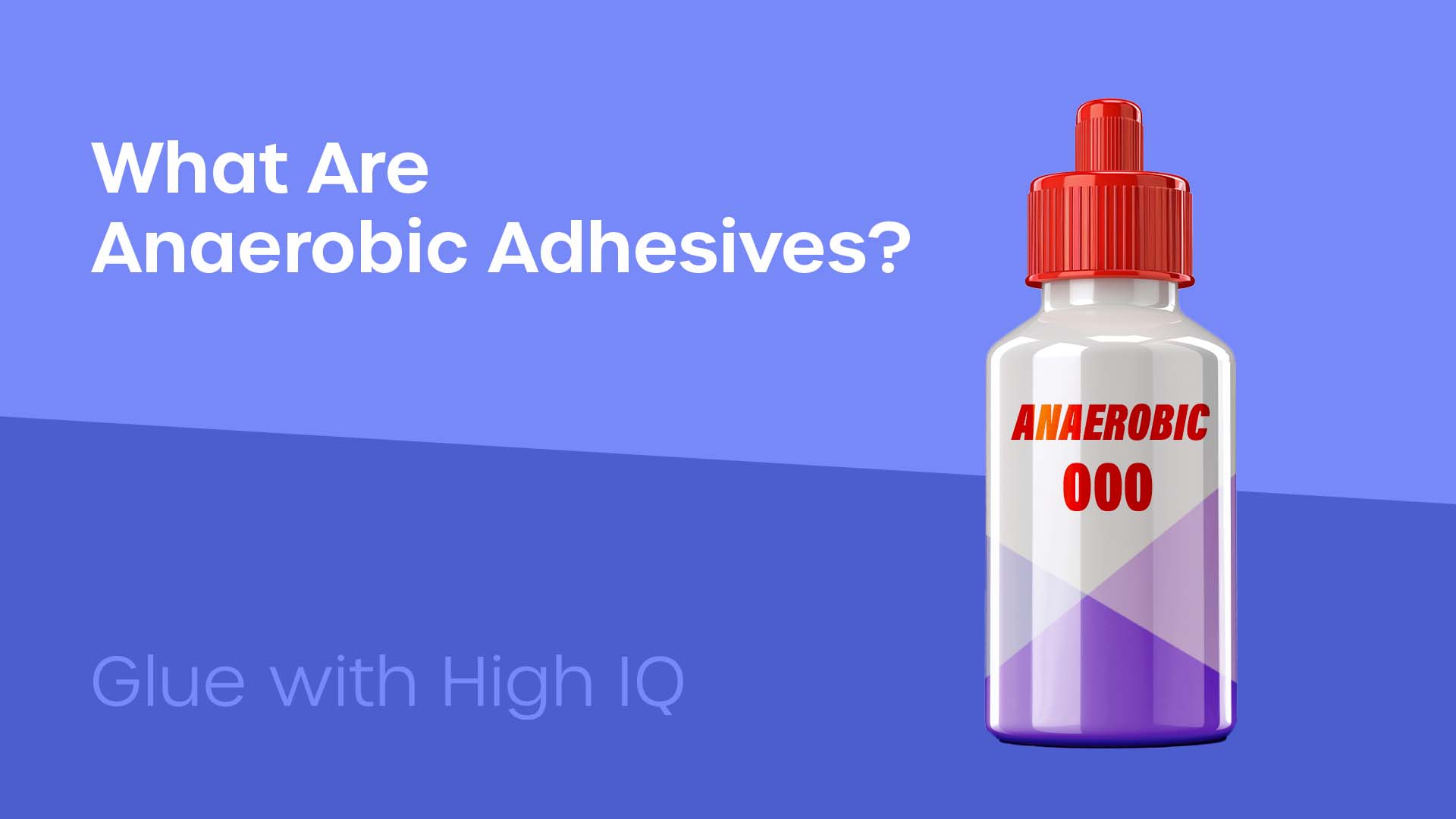Search for topics or resources
Enter your search below and hit enter or click the search icon.


Anaerobic adhesives are single component materials which cure in the absence of oxygen and in the presence of metal ions (iron or steel). If the adhesive is in contact with the air, the adhesives will not cure. When the adhesive becomes completed deprived of oxygen, the curing process begins rapidly.
Advantages
Disadvantages
Where can they be seen?
Thread locking
Challenging applications to fill spaces and surface irregularities
Mechanically connected assemblies
Thread sealants
Retaining materials; used to repair joints which were previously joined by a press fit
Pipe sealants
Gasketing; improving stress distribution
Topics: